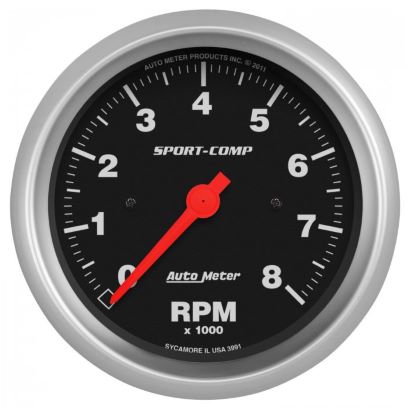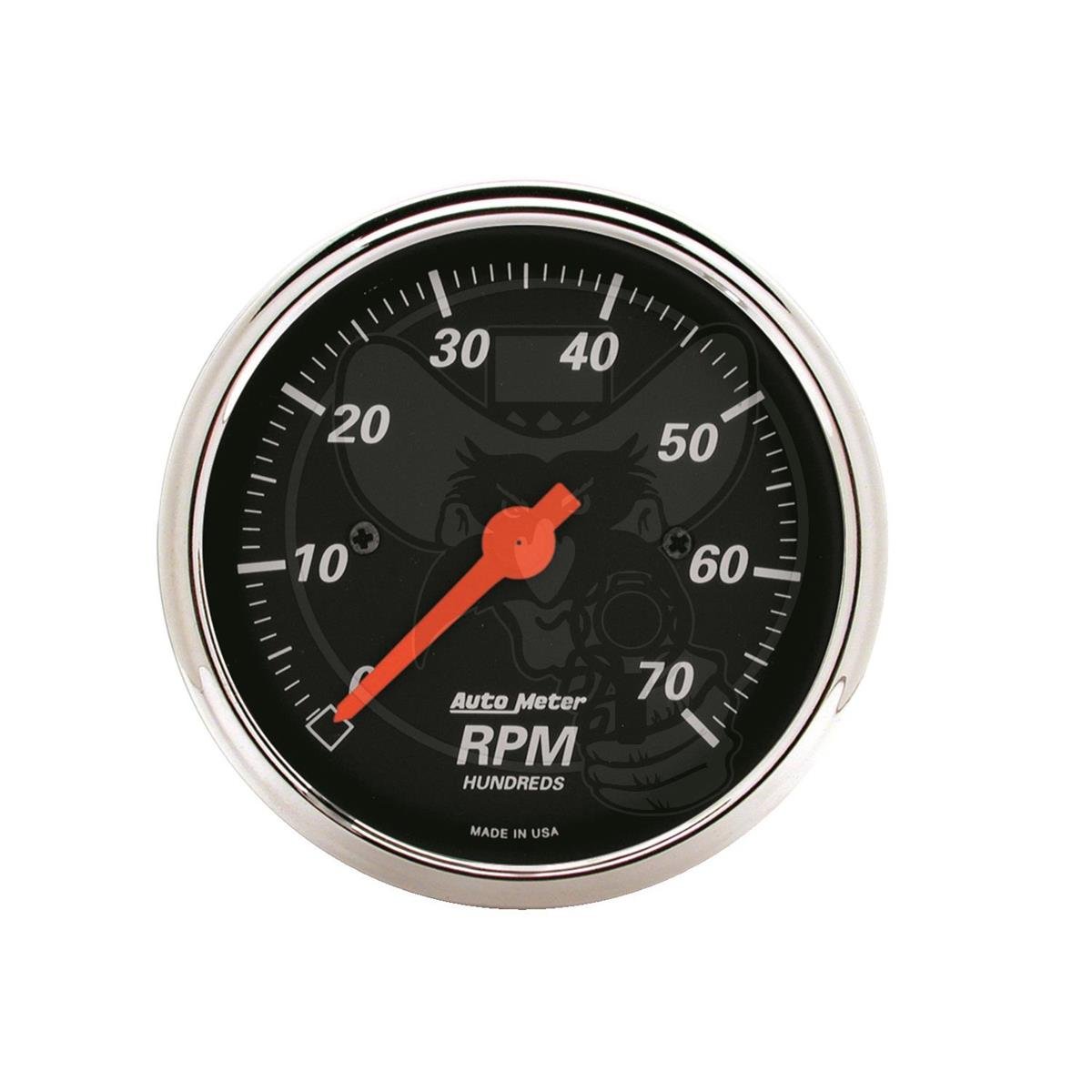Tachometer Essential: Whatever You Required to Know for Accurate Readings
Tachometer Essential: Whatever You Required to Know for Accurate Readings
Blog Article
The Value of a Tachometer in Keeping Track Of Engine Speed and Performance in Automotive Applications
In the realm of automobile engineering, the tachometer stands as a critical instrument in the motorist's arsenal, offering a direct home window into the internal functions of a lorry's engine. Past its feature as a plain scale of revolutions per minute (RPM), the tachometer serves as a crucial tool for fanatics and experts alike, using real-time understandings right into engine performance and health. Understanding the significance of this gadget goes beyond surface-level monitorings, diving into the detailed connection in between engine rate, power output, and general driving experience. As we check out the complex role of the tachometer in automotive applications, a deeper recognition for its influence on vehicle dynamics and performance begins to emerge.
Significance of Checking Engine RPM
Keeping an eye on engine RPM, or revolutions per minute, is a vital facet of automotive upkeep and performance examination. Engine RPM directly correlates with the rate at which the engine's crankshaft revolves, showing exactly how rapidly the engine is running.
In addition, keeping an eye on engine RPM is necessary for performance assessment in racing and high-performance cars. Keeping optimal RPM degrees is critical for achieving peak power result and acceleration. Racers frequently use tachometers to guarantee they are running within the ideal RPM variety for optimum efficiency. In recap, keeping track of engine RPM is not only essential for finding issues but likewise for optimizing engine performance in numerous auto applications.

Benefits of Real-Time Data
In vehicle applications, real-time information plays a critical function in giving immediate insights right into the performance and problem of the car. By constantly keeping an eye on various criteria such as engine rate, temperature, gas consumption, and more, real-time data provides numerous advantages that add to boosted efficiency and safety and security when driving.
One considerable advantage of real-time information is its capability to alert vehicle drivers and specialists to any kind of abnormalities or issues quickly. This aggressive strategy makes it possible for fast recognition of prospective problems, enabling prompt interventions to avoid additional damage or failures. Additionally, real-time data helps with performance optimization by supplying instant responses on driving routines and engine efficiency. Chauffeurs can adjust their habits in learn this here now real-time based upon this information to achieve better fuel economic situation and prolong the life expectancy of their car.

In addition, real-time information plays a vital function in modern vehicle diagnostics, making it possible for specialists to swiftly identify and address breakdowns. This leads to decreased downtime, lower maintenance costs, and ultimately, improved overall automobile reliability and longevity (tachometer). By harnessing the power of real-time information, automotive stakeholders can make educated decisions that favorably influence both the performance and long life of the vehicle
Influence On Gear Shifts
The tachometer plays an important role in enhancing gear shifts by giving real-time engine speed information to the motorist. When approaching the redline on the tachometer, it indicates the motorist to upshift to avoid over-revving the engine and causing possible damage.
Moreover, the tachometer help in achieving smoother equipment transitions, especially in manual transmissions. By monitoring engine rate, vehicle drivers can perform gear changes at the optimal RPM variety, minimizing snagging movements and decreasing wear on the transmission components. This precision in equipment adjustments not just improves driving comfort but additionally adds to fuel effectiveness.
Enhancing Gas Efficiency
Given the crucial duty the tachometer plays in maximizing gear changes for performance and engine wellness, it straight adds to taking full advantage of gas efficiency in automotive applications. By offering real-time comments on engine rate, the tachometer aids drivers in preserving one of the description most reliable RPM range for gas economic situation. When drivers regularly check the tachometer and adjust their driving behaviors as necessary, they can prevent unneeded gas usage caused by over-revving or lugging the engine.
In addition, the tachometer aids motorists identify the most fuel-efficient gear to be in at any kind of provided minute, avoiding the engine from working more difficult than essential. In conclusion, the tachometer offers as a valuable tool in enhancing gas performance by advertising optimal driving routines and recognizing additional hints locations for renovation in the lorry's efficiency.

Maximizing Engine Longevity
The tachometer's duty in keeping track of engine rate and efficiency is crucial in making certain the long life of automotive engines. Monitoring the tachometer allows chauffeurs to stay within the recommended RPM array for their car, avoiding unneeded stress on the engine and extending its life expectancy.

Conclusion
To conclude, the tachometer plays an important duty in monitoring engine rate and efficiency in auto applications. By providing real-time data on RPM, it allows for effective equipment changes, boosted fuel performance, and maximized engine long life. This tool is important for maintaining optimal engine efficiency and making sure the overall capability of a vehicle.
Report this page